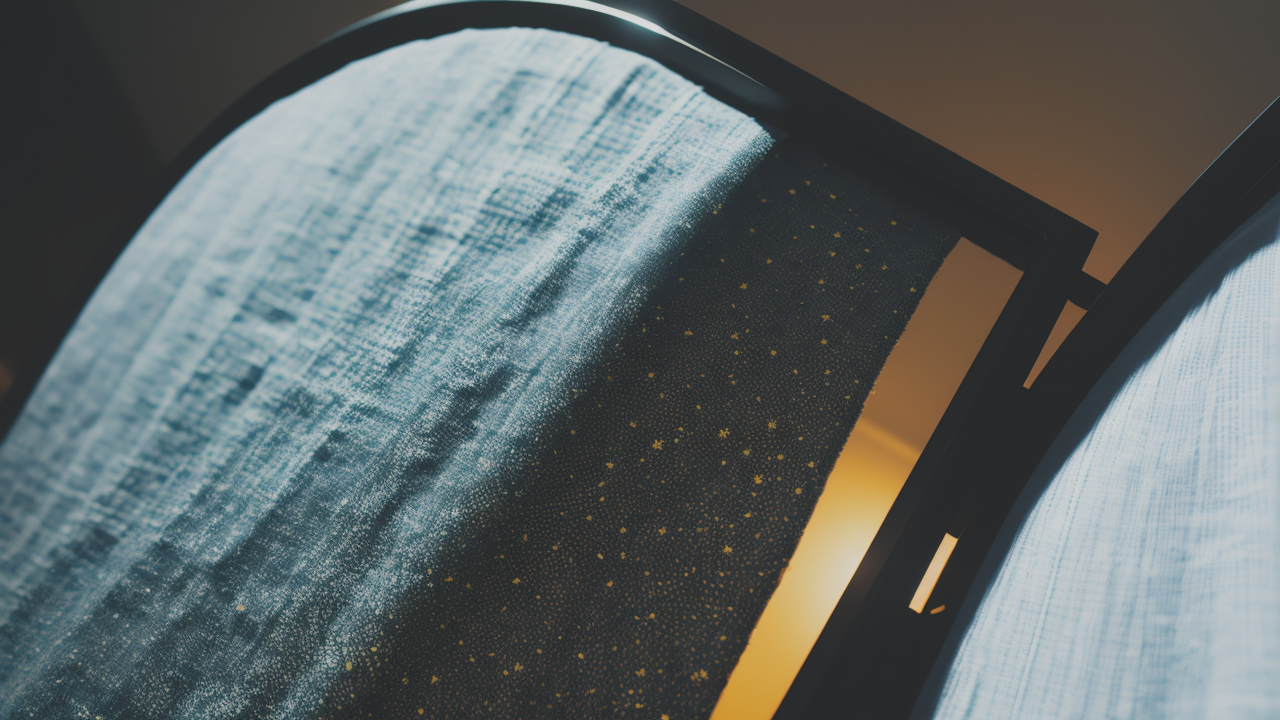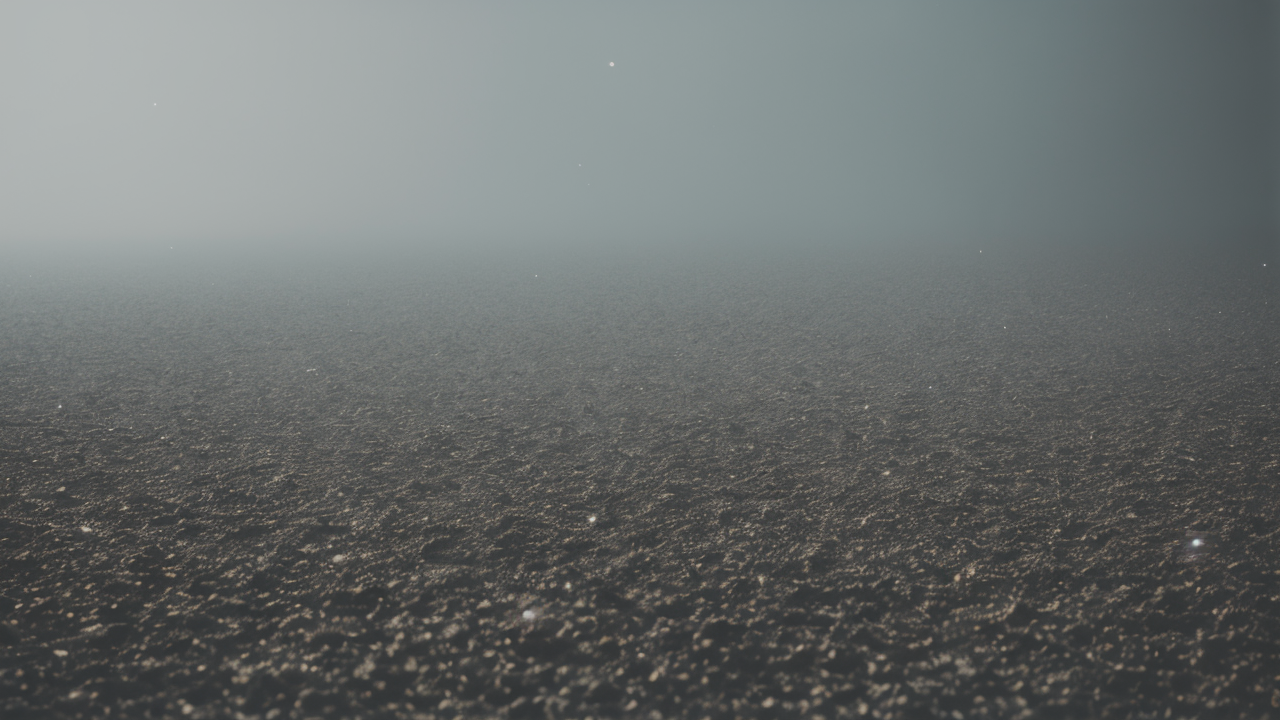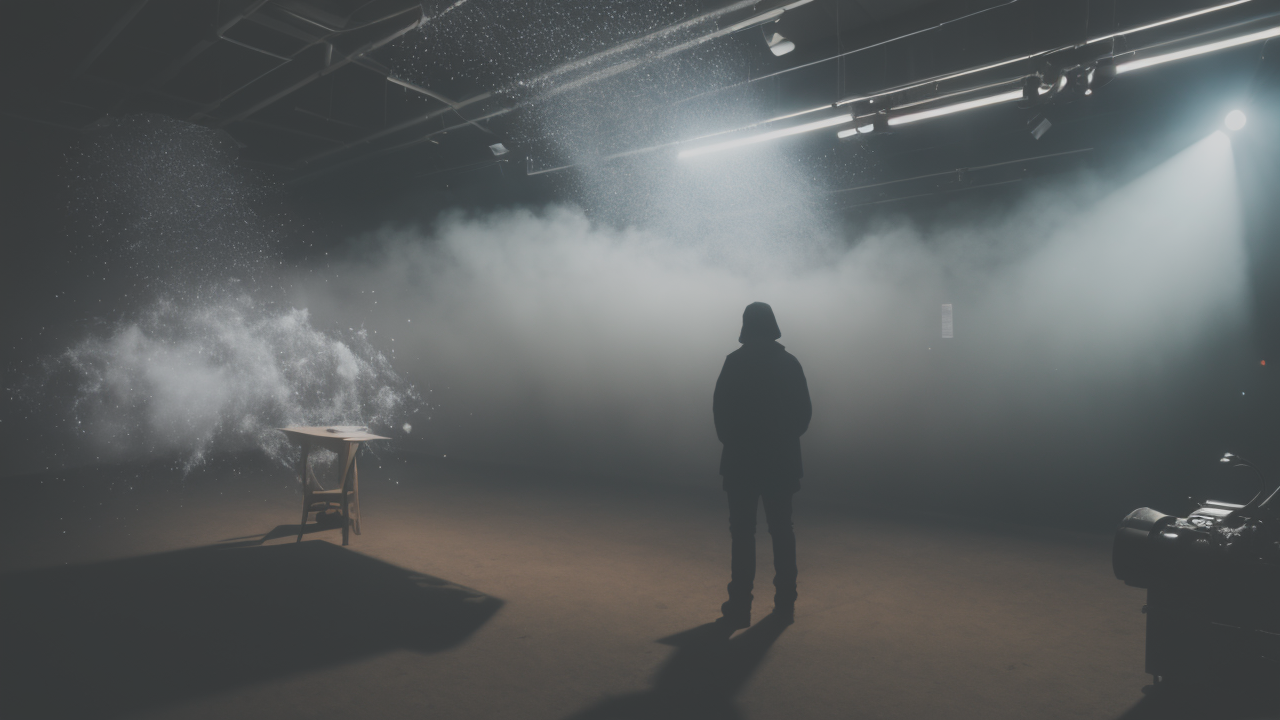
The Intersection of Oil Painting and Fabric Wall Art: A Textural Journey
The Rise of Fabric Art in the United States: A Minimalist Perspective
Historical Context of Fabric in Art
Fabric art has deep roots in American culture. It began with everyday items like quilts and tapestries. These were not just for warmth, but also told stories and preserved history. In the early 1900s, artists started to see fabric differently. They began to use it as a medium for fine art. This shift opened new ways to express ideas and emotions.

The 1960s and 1970s were key decades for fabric art. It moved from being just a craft to being seen as real art. Museums and galleries began to show fabric art pieces. This helped raise its status in the art world. Artists started to experiment with different fabrics and techniques. They mixed fabric with paint or other materials. This created new textures and visual effects that were exciting and fresh.
The Evolution of Fabric Art Techniques
As fabric art grew, so did the ways artists worked with it. They developed new methods to create texture and depth. Some popular techniques include:
- Appliqué: Adding fabric pieces to a larger piece to make designs
- Embroidery: Using thread to create patterns or pictures on fabric
- Quilting: Stitching layers of fabric together for texture
- Dyeing: Using colors to make patterns on fabric
- Weaving: Making fabric from scratch with different materials
Technology has also changed fabric art. Artists can now design on computers and print directly on fabric. This allows for more complex and precise designs. Some artists mix old and new methods. They might hand-stitch details on digitally printed fabric. This blend of techniques creates unique and interesting pieces.
Impact of Minimalism on Fabric Art
Minimalism had a big effect on fabric art. This art style focuses on simplicity and basic shapes. It encourages artists to use fewer elements in their work. In fabric art, this often means using simple designs and fewer colors. Artists began to explore the beauty of plain fabric and clean lines. They played with light and shadow to add depth to their work.
Minimalist fabric art often features large blocks of color or simple patterns. The texture of the fabric became more important than ever. Artists used different materials to create visual interest. They might use a rough fabric like burlap next to a smooth silk. This contrast in textures added depth to simple designs. Minimalism helped show that fabric itself can be beautiful and interesting.
Exploring the Intersection of Texture and Minimalism
The Role of Texture in Minimalist Art
Texture is very important in minimalist fabric art. It adds interest to simple designs. Artists use different fabrics to create contrast and appeal. Rough textures can make a piece feel warm and cozy. Smooth textures can make it feel sleek and modern. The way light hits these textures can change how we see the art. It can make flat pieces look three-dimensional.

Texture also helps convey emotion in minimalist art. Soft, fuzzy fabric might make us feel comforted. Crisp, structured material could suggest order and neatness. Artists carefully choose textures to enhance their work's meaning. They use texture to guide our eyes and create focal points. In minimalist art, texture often becomes the main focus. It can create patterns and shapes without needing complex designs.
Fabric Artists Embracing Minimalism
Many fabric artists have found inspiration in minimalism. They create powerful works using simple elements. These artists often use a limited color palette. They focus on the interplay of light and shadow on textured surfaces. Some well-known minimalist fabric artists include:
- Sheila Hicks: Known for colorful, textured installations
- Robert Ryman: Uses white fabric in monochrome paintings
- Aiko Tezuka: Creates minimalist tapestries with unraveled threads
These artists show how much can be done with simple materials. They prove that fabric art can be as impactful as painting or sculpture. Their work often invites viewers to look closely. This allows people to appreciate the subtle beauty of fabric and texture. Minimalist fabric art can be very striking in its simplicity.
How Texture Enhances Visual Appeal in Fabric Art
Texture adds depth and dimension to fabric art. It can make a flat piece look three-dimensional. The way fabric catches light creates interesting shadows and highlights. This adds visual interest even to simple designs. Texture can also evoke emotions or memories in viewers. A soft, fuzzy texture might remind someone of a favorite blanket. A smooth, cool texture might feel calming.
In minimalist fabric art, texture often becomes the star. It can create patterns without bold colors or designs. Artists use texture to guide the viewer's eye through the piece. They might create areas of contrast to draw attention. Or they might use similar textures to create a sense of unity. Texture helps to make minimalist fabric art engaging and memorable. It invites touch, even if we can't actually feel the piece.
Case Studies: Successful Fabric Artists and Their Works
Notable American Fabric Artists and Their Influence
America has produced many influential fabric artists. Here are a few who have made a big impact:

- Anni Albers: A pioneer in modern textile art and design
- Faith Ringgold: Known for narrative quilts that tell stories of African American life
- Nick Cave: Creates wearable fabric sculptures called Soundsuits
These artists have pushed the boundaries of fabric art. They've shown that fabric can express powerful ideas. Their work has been featured in major museums around the world. They've inspired many other artists to explore fabric art. Their influence can be seen in contemporary art across the country. They've helped fabric art gain respect in the fine art world.
The Creative Process Behind Fabric Art Pieces
Creating fabric art involves many steps. Artists often start with an idea or concept. Then they choose fabrics and textures that fit their vision. Some artists dye or paint their own fabrics. Others search for unique materials to use. The process of putting the piece together can take a long time. It requires patience and skill.
Many fabric artists use both hand and machine techniques. They might sew by hand for certain details. Machines help with larger areas or repetitive patterns. Some artists add found objects to their work. Others focus solely on fabric. The creative process often involves trial and error. Artists must be willing to experiment and change their ideas as they work. Each piece is a journey of discovery.
Exhibitions and Installations: Bringing Fabric Art to Life
Fabric art really comes alive in exhibitions and installations. These events let people see the art up close. Large-scale installations can fill entire rooms. They create immersive experiences for viewers. Smaller pieces are often displayed to highlight their texture. Lighting plays a big role in how fabric art is seen. It can change the mood and feel of a piece.
Many exhibitions include interactive elements. Viewers might be able to touch certain pieces. This helps people connect with the art on a deeper level. Some installations use movement or sound. These multi-sensory experiences make fabric art more engaging. Exhibitions often include talks by the artists. These events help educate people about fabric art techniques and ideas. They also allow artists to share their creative process with the public.


